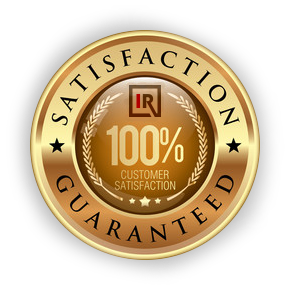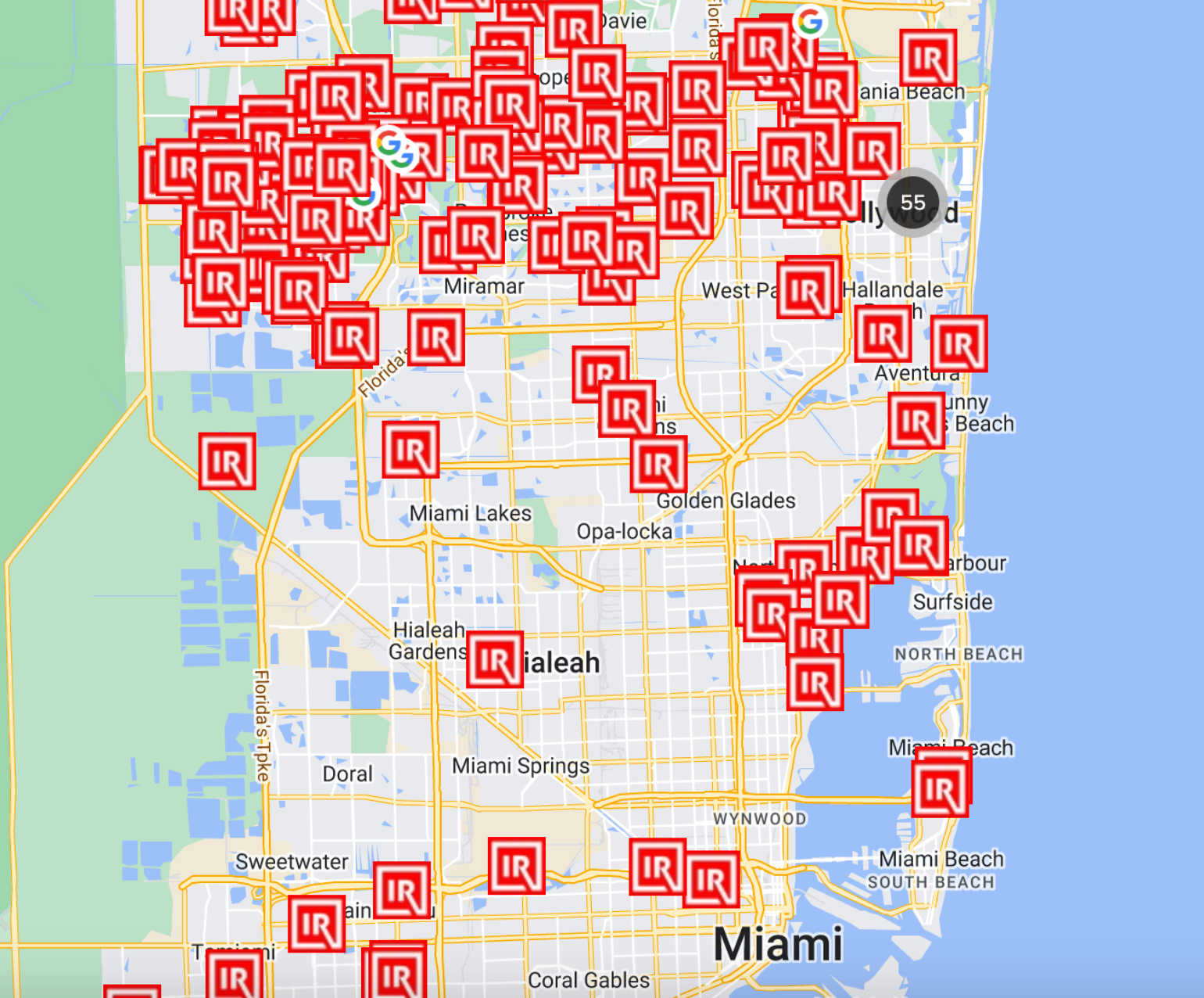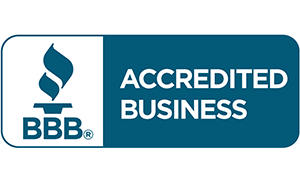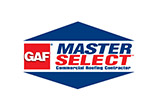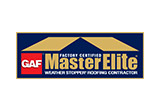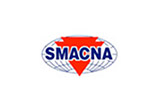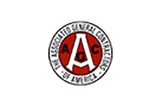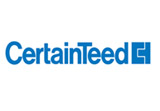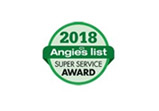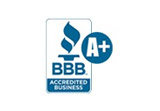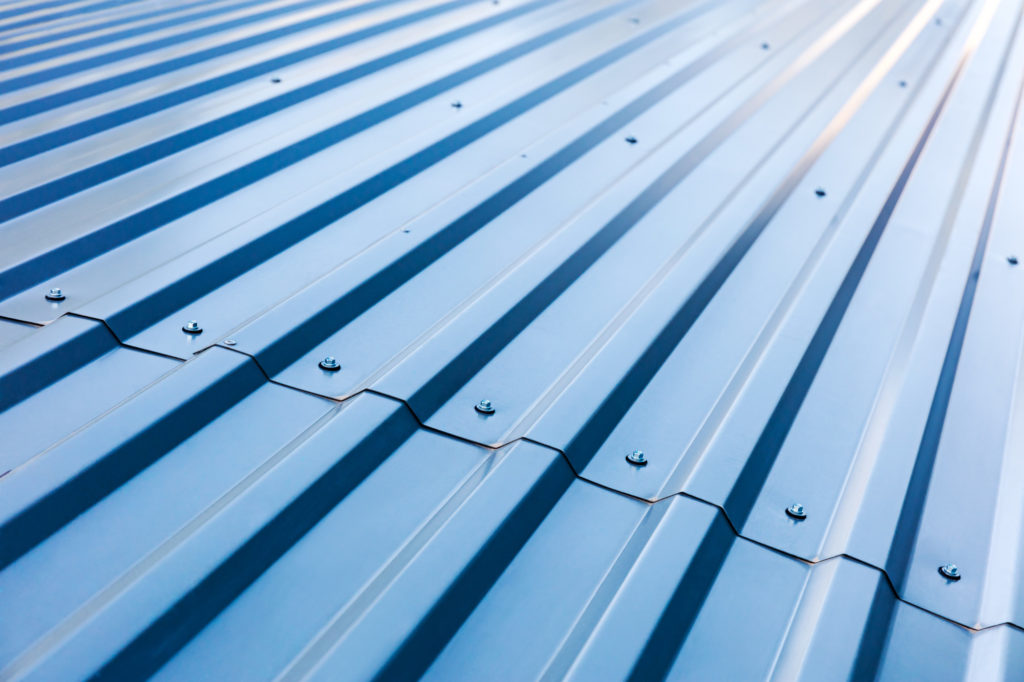
Are you looking for a new commercial building, or a new roof for your existing building? If so, you’re probably wondering, “What’s the difference between all the different commercial roofing materials?”
Lucky for you, we have the definitive guide on the different types of commercial roofing. We’ll start by describing the pros and cons of each type, along with their expected lifespans. Furthermore, we’ll explain how you can choose the type that’s best for your needs.
It’s all in this guide. Read on to learn all about it.
Metal Roofing
Metal roofing is a popular choice for warehouse-style buildings such as large department stores. That’s because these roofs can be very affordable while also being extremely durable. And there are many varieties of metal roofing materials to choose from that vary in both cost and durability.
For example, the more expensive, sturdier options like copper and zinc can last for near a century. Meanwhile, there are more affordable options, like steel/aluminum. Still, even cheap metal roofs can easily last for 50 years with proper maintenance.
Speaking of which, metal roofs require very little maintenance. Mostly, you just need an annual inspection to make sure the sealant isn’t eroding.
Pros
As stated, these roofs are affordable, long-lasting, and very low-maintenance. Most importantly, you have enough varieties to choose from to fit your budget perfectly.
Cons
When rain or hail hits them, it makes a lot of very loud racket. Thus, they are not good for areas that get a lot of rain.
Built-Up Roofing
Built-up roofing (BUR for short) is similar to an asphalt shingle roof. But, instead of many small shingles layered like scales, the asphalt is laid in one large sheet across the whole roof. Then, several layers of these sheets (called “piles”) are applied, one-by-one, piled in a stack.
The final result is a very sturdy, flat roof you can walk on, much like a paved street. It should last around 15-20 years.
Pros
These roofs are very durable and resistant to the elements. You can even use this roof as an outdoor floor, like a patio.
They’re also flame-resistant and low-maintenance. And they’re one of the cheapest options for commercial roofing.
Cons
Installation may cost a lot because of the extra reinforcement required to support this heavy roof. It also costs a lot of time and labor.
Laying all this asphalt is not all that different than paving a street. It’s a big, loud, smelly construction job that will require the building to be vacant for one or more days.
Also, it may gradually erode, clogging the gutters with debris. Extreme cold might make it more brittle, too.
Modified Bitumen Roofing
Modified bitumen roofing is sort of an upgrade to BUR that’s made of slightly different materials to make it more durable. Instead of tar, it uses a tar-like substance called bitumen. And it incorporates fiberglass, fabrics, and other materials instead of gravel.
Pros
Like BUR, you can use modified bitumen roofing as an outdoor floor. Plus, it’s far easier and less imposing to install compared to BUR.
It’s also just as low maintenance as BUR, but won’t erode and clog your gutters. And your modified bitumen roofing should last about 5 years longer than a built-up roof.
Cons
If you expect your roof to get a lot of foot traffic, you may want to choose BUR. Modified bitumen roofs scuff and tear somewhat easily.
Some installation methods for this roof type are more imposing than others. The torch-down method, for example, can even be a fire hazard.
Thermoplastic Roof Membrane (TPO)
TPO roofing is single-ply, rather than layered like the options above. This makes it very much lighter than those options and yet still durable and protective.
Pros
A lighter roof means less reinforcement is required. This should make installation cheaper than with a heavy roof.
TPO roofs are extremely resistant to UV rays and harsh weather. And, since they’re unusually resistant to bacterial growth and destructive chemicals, they’re a popular choice for restaurants.
The grease and fat from restaurant cooking can make it all the way to the roof through the ventilation system. But the TPO roof will be unphased by these substances and will resist the bacterial growth that could result.
These roofs are also 100% recyclable.
Cons
The only real drawback to TPO roofing is that you can’t be certain how long it will last. They’re a pretty new roofing technology so there isn’t much data to draw from on this topic.
Thermoset Roof Membrane (EPDM)
EPDM stands for thermoset ethylene propylene diene monomer. It’s derived from rubber and used to form a membrane over the top of your building.
Pros
The material itself is lightweight. Plus, it’s single-ply, making it even lighter. Thus, EPDM requires no additional reinforcement.
And, since rubber-based EPDM is a very good insulator, these roofs can reduce the buildings’ heating and cooling costs. It also works great in most weather, even extreme cold, and is UV-resistant.
It’s very fire-retardant and waterproof, plus easy to install. And it’s not easy to scuff or tear.
Cons
Unfortunately, hot weather is very bad for an EPDM roof. It weakens the material of the membrane, making it easier to stretch or tear.
The adhesives that secure the membrane can also degrade over time. When this happens, moisture can become trapped under the membrane, and cause moisture damage to the roof.
Tile Roofing
Tile roofing is mostly for commercial buildings that want to boost their curb appeal. Still, they have many other benefits besides appearance.
Pros
Clay/concrete tiles are the most attractive option on our list. A lot of commercial buildings, especially plazas/outlet malls, choose tile roofing in order to appear more presentable to the public.
Appearances aside, they also resist the weather like a brick wall. And they can last more than 50 years with little maintenance.
Cons
Because it’s both functional and aesthetically pleasing, tile roofing can be very expensive. They are also heavy roofs that will require reinforcement.
Which of These Commercial Roofing Materials Is Best For Your Building?
To determine which of these commercial roofing materials is best for your building, you should consider:
- The weather in your local area
- Whether appearance or use as an outdoor floor matters
- The cost
- The required maintenance
- The expected lifespan
If you still need help deciding, you’re in luck. We’re here to answer any and all questions you have about commercial roofing. Send us your questions from our Contact Us page.


